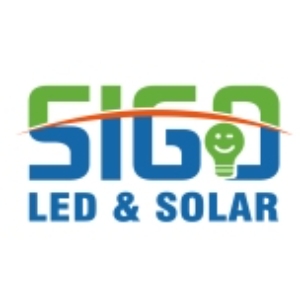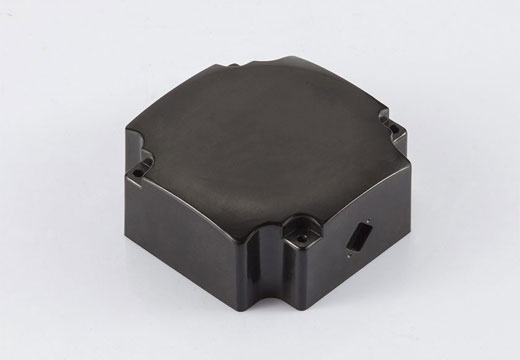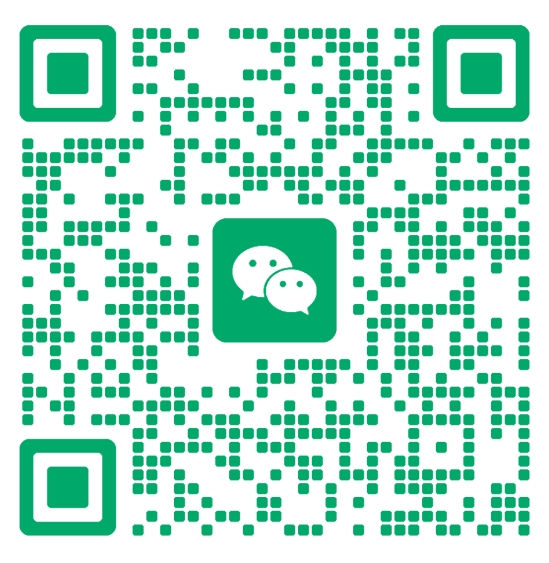Design and Application of IoT-Powered Smart Streetlights
I. When Streetlights Learn to "Think" and "Talk"
In traditional urban infrastructure, streetlights are the most silent guardians of the night. However, empowered by IoT technology, this role is undergoing a fundamental transformation. Today's streetlights are no longer simply passive light-emitting devices; they are "smart terminals" with sensing capabilities, autonomous decision-making, and remote interaction. In particular, with the deep integration of solar power and the IoT, a new type of "smart streetlight" has emerged—one that doesn't rely on mains electricity, but instead provides self-power and self-management, actively reporting its status to city managers. This represents not only an energy revolution but also an upgrade in urban management paradigms. So, how is the system for such a smart streetlight constructed? How does it achieve data communication and intelligent control? What are its application value and prospects for widespread adoption? This article will delve into the innovative practices of this green, intelligent infrastructure.
II. System Structure: Full-Chain Integration from Energy to Sensing
The IoT-powered smart streetlight is a highly integrated distributed energy and information node, comprised of four core subsystems:
1. Photovoltaic Power Generation System: High-efficiency monocrystalline silicon solar panels are installed atop the poles, with an optimized tilt angle based on local sunlight conditions to maximize solar absorption. The photovoltaic modules convert solar radiation into DC electricity, providing green energy for the entire system.
2. Energy Storage and Power Supply System: The generated energy is regulated by a charge and discharge controller and stored in a lithium iron phosphate battery pack. These batteries offer a long cycle life, wide temperature range adaptability, and multiple safety features, ensuring stable power supply even in rainy and cloudy weather.
3. Intelligent Lighting System: High-efficiency LED lamps are used, offering advantages such as long life, low energy consumption, and zero flicker. The lamps are connected to an intelligent controller for dimming, switching, and status monitoring.
4. IoT Sensing and Communication System: Integrated environmental sensors (temperature, humidity, light intensity, and PM2.5), current and voltage detection modules, and a communication unit form the "nerve center" of the streetlight. All data is uploaded to a cloud management platform via wireless networks, enabling remote monitoring and intelligent decision-making.
3. Data Communication: Building a City-Level Perception Network
Data communication is the "nerve pathway" of smart streetlights. The system generally adopts a multi-mode communication architecture:
For short-range communication, RS485 or CAN bus communication is used to enable data exchange between modules within the light pole. For wide-area connectivity, multiple wireless protocols are supported, including LoRa, NB-IoT, and 4G/5G. LoRa is suitable for low-power, long-distance deployments in campuses or rural areas; NB-IoT, with its wide coverage and low power consumption, has become the mainstream choice for city-level deployments.
All streetlight nodes form an ad hoc or star-shaped network. Data is aggregated to regional gateways and then transmitted back to the city IoT management platform via optical fiber or wireless networks. The platform uses standard protocols (such as MQTT and HTTP) to receive data, enabling device registration, status monitoring, command issuance, and data storage, providing a unified interface for upper-layer applications.
IV. Control Methods: A Transition from Manual to Intelligent
IoT-powered smart streetlights support multiple control modes, enabling refined management:
1. Automatic Control: Based on photosensors, lights automatically turn on at dusk and off at dawn. Combined with timer control, brightness policies can be set for different time periods.
2. Remote Control: Through the management platform, managers can remotely turn on, dim, and reset individual lights, groups of lights, or the entire network of streetlights to respond to emergencies.
3. Intelligent Control: The system can integrate pedestrian and vehicle traffic data to achieve on-demand lighting ("lights turn on when people arrive, dim when people leave"). It can also dynamically adjust lighting policies based on seasons and weather conditions to maximize energy savings.
4. Fault Self-Diagnosis: The controller monitors voltage, current, temperature, and other parameters in real time. If an anomaly is detected (such as lamp damage or battery overdischarge), it immediately generates an alarm and sends it to maintenance personnel, enabling proactive maintenance. V. Application Value: Unifying Energy Saving, Efficiency, and Sustainability
The application value of IoT-powered smart streetlights is reflected in multiple dimensions:
1. Energy Independence: Eliminating dependence on utility power, they are particularly suitable for rural, mountainous, and island areas where grid extension is difficult, reducing infrastructure investment.
2. Significant Energy Savings: Solar power combined with intelligent dimming reduces overall system energy consumption to near zero, reducing carbon emissions by several tons annually and contributing to the "dual carbon" goals.
3. Efficient Operation and Maintenance: Remote monitoring and fault warnings significantly reduce the frequency of on-site inspections, lowering operation and maintenance costs by over 50%, and increasing response speed by 80%.
4. Data Empowerment: As the most densely populated physical node in a city, the environmental and operational data collected by streetlights can provide decision-making support for urban planning, environmental monitoring, and emergency management.
5. Improved Safety: Stable and reliable lighting improves nighttime travel, reduces traffic accidents and public security incidents, and enhances residents' sense of security.
VI. Promotional Effects: From Pilot to Large-Scale Application
In recent years, IoT-powered smart streetlights have achieved large-scale application in various fields. In rural revitalization projects, it has illuminated thousands of "off-grid" villages; it has achieved "zero-cost" lighting in urban parks and greenways; and it provides emergency lighting at highway and tunnel entrances. User feedback indicates that the system's average failure rate is less than 3%, and its annual power generation meets lighting needs with a surplus, with a typical payback period of 5-8 years. As photovoltaic and battery costs continue to decline, their economic viability will become even more pronounced, making them the mainstream choice for future urban and rural lighting.
VII. Conclusion: Lighting Up Not Just Roads, But the Future
The IoT-powered solar smart streetlight exemplifies the deep integration of new energy, the Internet of Things, and urban governance. It uses sunlight to power lighting, data to drive management, and intelligence to drive efficiency. This is more than just an evolution of a single lamp; it's an exploration of a sustainable urban development model. It proves that infrastructure can be both green and smart, conserving resources and creating value. Hangzhou Sanqian Smart City Technology Co., Ltd., with its innovative design and reliable systems, provides solid support for this transformation. Choosing solar smart streetlights means choosing a cleaner, smarter, and more efficient urban future. Let us look forward to more light of wisdom illuminating every corner of China's cities and towns.
 European floating photovoltaic power project ready for integration with North Sea offshore wind farm
European floating photovoltaic power project ready for integration with North Sea offshore wind farm
 echo 显示命令
echo 显示命令

